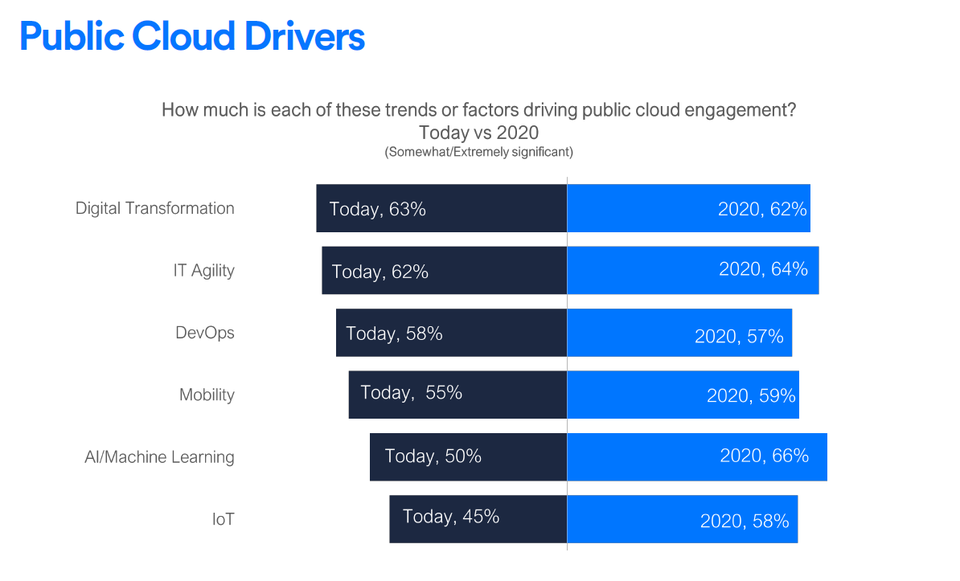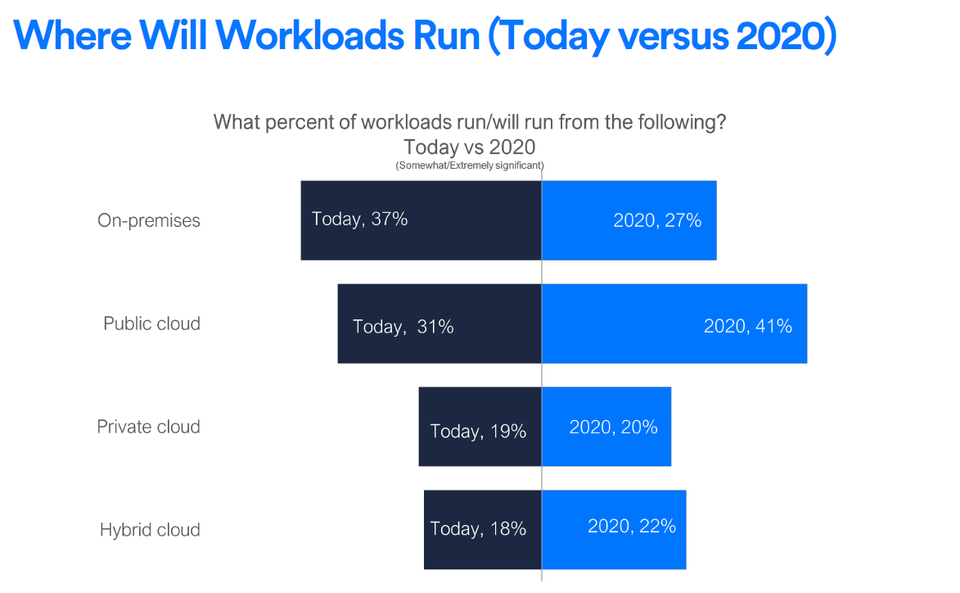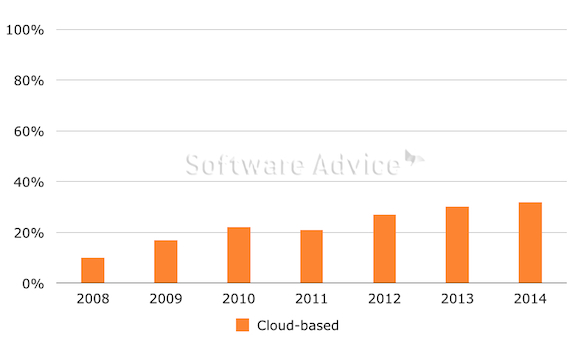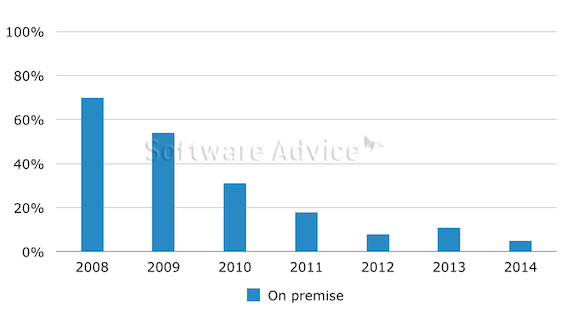Journey to the Cloud with AWS
Big Tree Entertainment which owns and operate India’s most loved entertainment platform BookMyShow, is one of the oldest and most experienced organisations in the entertainment ecosystem, having been around for over two decades. They strive to enable entities along the entire value chain of the entertainment ecosystem through BookMyShow’s seamless delivery of outstanding user experience for consumers, organisers and partners.
Being India’s largest entertainment platform offering not just tickets for movies, plays, concerts, stand-up comedy and sporting events but also complete execution of live experiences, BookMyShow has contributed immensely to not just the Indian but also global Entertainment ecosystem. They have paved the way for other entertainment service providers by being the first to digitize their offerings through an online ticketing service platform which was how BookMyShow first began. The platform also provides full stack and end-to-end management services for all forms of movies and live events including hospitality, on-ground execution, ingress management & marketing outreach for both partners and consumers to experience the best-in-class entertainment be it out-of-home as it was traditionally or virtual, with offerings delivered safely to consumers’ homes via a virtual streaming experience, thereby covering the entertainment landscape in its entirety.
BookMyShow sells more that 200 million tickets on an annual run rate, which is the largest volume for an online entertainment platform in India. They also approximately get over 200 million monthly customer visits and 5 billion monthly page views on an average. This is a testament to their ability to innovate, respond, be sensitive & agile to changes in Adam Smith’s Invisible Hand, and proactively engage with the future. Thus, BookMyShow has done what many organisations fail to do, that is, to consistently stay relevant in their business space.
Here are 2 record-breaking metrics to acknowledge:
• January 2020 created history with the highest number of tickets ever sold at 23 million, for the first time on the platform
• BMS sold 2.1 million movie tickets for a single day on January 12, 2020, the highest ever sold in one day along with 7 consecutive days of 1 million tickets sold each day from January 10th until January 16th, 2020
Pattern of Typical Consumer Usage Traffic Surge Pre-Pandemic:
• Weekends have more traffic for ticket bookings as opposed to weekdays.
• New blockbusters releases spawn traffic surges, which typically happen every couple of weeks to sometimes months during regular release periods.
• Extremely high demand live entertainment events like music concerts, comedy stand-ups, theatrical performances, etc usually occur a few times a year.
As the pandemic hit and a nation-wide lockdown was imposed, BookMyShow was quick to sense the shift in tide and change tack to alter their service portfolio that had catered to out-of-home entertainment for the longest time to enable consumers to find virtual entertainment offerings on their favourite platform. This meant the company’s technology infrastructure was to urgently adapt, accommodate and respond to the ambiguity of the on-going environment. BookMyShow saw a window of opportunity to implement & accelerate their digital transformation in the pandemic. BookMyShow’s many agile transformations through the years to stay strong, resilient and relevant in the face of multiple external downturns has been largely due to a robust technology and product platform built adeptly over several years.
With the pandemic presenting the opportunity to shift to a smoother digital infrastructure, BookMyShow was looking to further improve their system & process level efficiencies, reduce operational costs significantly, while continuing to remain agile & nimble. This would aid their journey towards being further future-ready while having robust practices & resilient operations all achieved during a period of reduced customer activity.
Thus, adopting the Cloud-based system posed many benefits that would accrue to BookMyShow. A cloud environment enabled BookMyShow to focus its energies & resources on building offerings that provide the ultimate seamless experience for customers. Secondly, the ability to leverage AWS Cloud Services like Machine Learning, Artificial Intelligence, Big Data Analytics, etc, would help accelerate innovation for both core and emerging offerings. Further, the adoption of new technologies helps BookMyShow attract & retain critical talent across functions within the organisation while aiding decision making far more cost effective in the long run, with little need for capital expenditure to buy & maintain infrastructure and elastic operational expenditure thanks to the Pay-as-you-go Model (likening it to a Light Switch).
The entire Cloud Migration Process consist of two phases:
• Phase 1: Rehost – Lift & Shift BMS Site & Services to AWS Cloud (Completed)
• Phase 2: Refactor – Optimize & Adopt Cloud Native Technologies (On-Going)
BookMyShow has always prided itself on rapid time-to-market, a major prerequisite to being a successful organization in the entertainment business space. Therefore, the @minfyteam leveraged infrastructure as a code (IaaC), which served purposefully due to its ability to turn complex systems and environments into a few lines of code, deploying them at a click of a button.
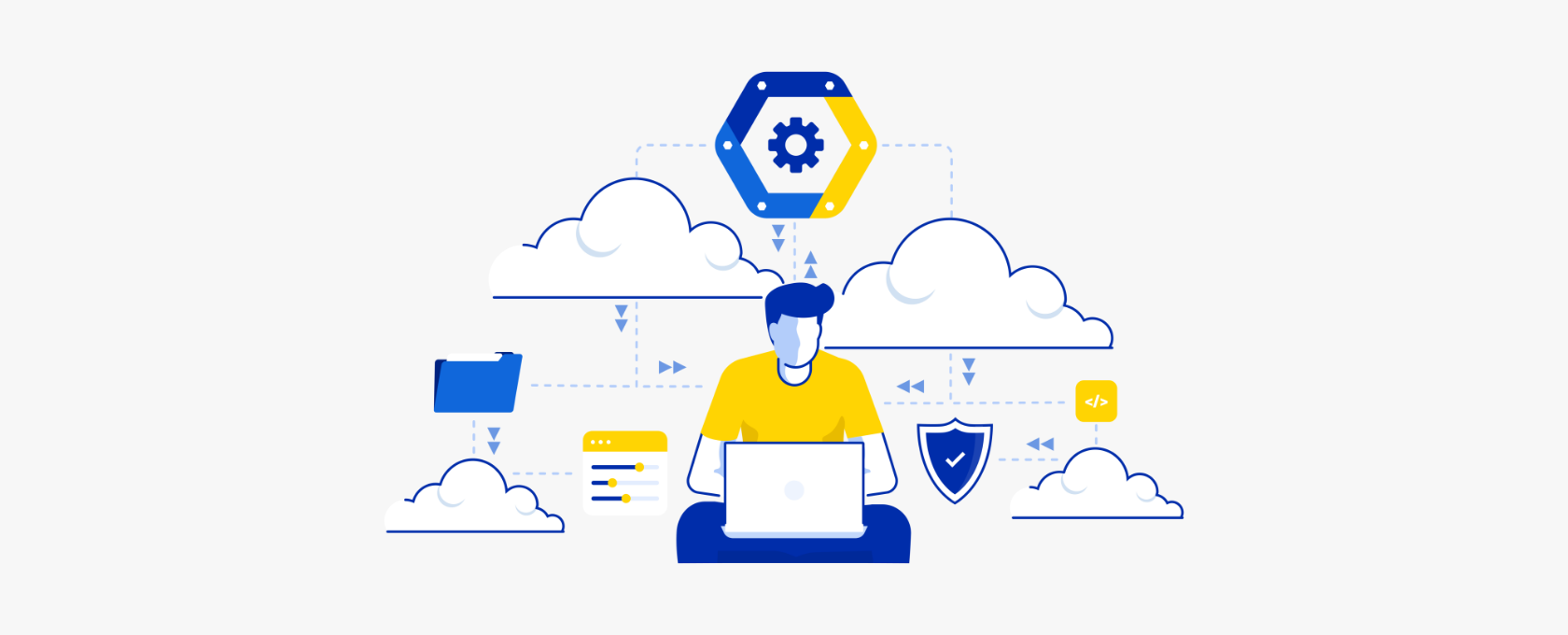
Perhaps a major point of interest is how BookMyShow decided to leverage Gravtion2 for production workloads. It gave us a significant opportunity to improve the price-performance profile of some of the major database workloads that we currently run-on Amazon EC2. We scheduled the start and stop to run in the business hours, and calculated cost projections monthly to realize the savings achieved during the migration period. Therefore, having benchmarked the new Graviton2-based R6g and C6g instances, we have potentially lowered costs by 30% compared to similar workloads on other instances. We take this as a major lesson learned during this transformation journey.
It has been a remarkable journey for all stakeholders involved — BookMyShow, AWS & Minfy. We would like to thank the leadership from BookMyShow including Parikshit Dar, Mahesh Vandi Chalil, Ashish Gite and the AWS team, Naren Kachroo, Yogesh Lele, Kaushal Sarasia, Renu Menon, Saurabh Shankar for supporting us throughout this journey and making this transformation possible through their technical leadership.
Thanks & Congratulations to the Minfy Team for working relentlessly in the face of challenges, extending their support at any point necessary, and making this transformation seamless. Manish Jain, Shankar TR, V.Satish Kumar, Anant Joshi, Dharshan MR, Sekhar Unnam, Murali K, A Bharath, Ramit S.

 Go to Swayam
Go to Swayam


